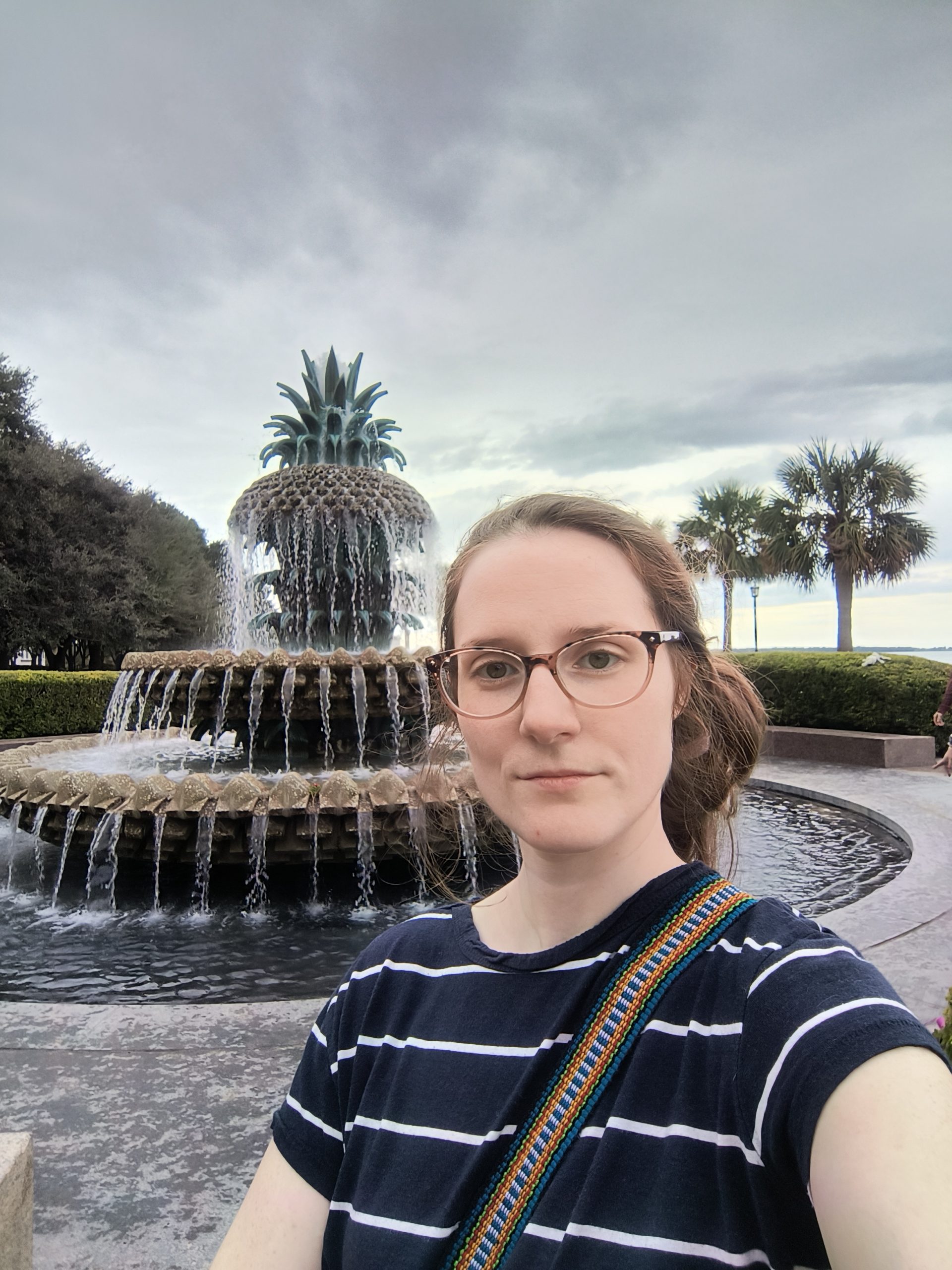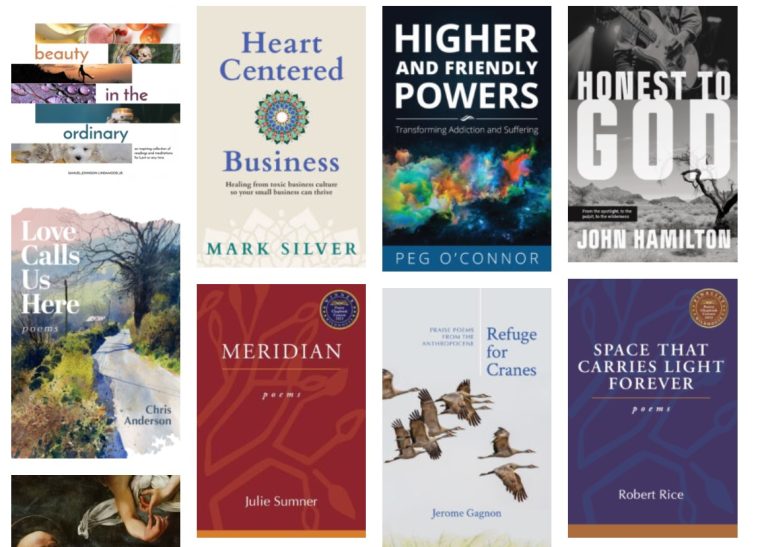We recently interviewed CMAC Postdoctoral Fellow Rachel Bacon and Research Assistant Abigail Wester about the LISDA project. In Part 1 of the three-part interview, Rachel describes the history of the project and how it came to be hosted at CMAC.

First of all, can you briefly say what LISDA is, including what the acronym stands for?
Rachel: The acronym is something I came up with when writing a grant, and it stands for the Lawson Interviews of Seventh-day Adventists.
What’s the story behind Dr. Lawson’s work?
Rachel: Dr. [Ronald L.] Lawson grew up as an Adventist in Australia, but he actually did not go through the Adventist school system, which is unusual because there is an Adventist school system, and many young Adventists stay in it all the way through college. But he took courses in sociology when he was in grad school in Australia. The sociology of religion is a topic that he saw a lot of potential to apply to Adventism, and he didn’t really see anyone doing it. So it became an aspiration of his to essentially conduct a study that would do that, but he didn’t have the capability until he got tenure at Queens College in New York. After he moved here and was well established, got tenure, he was like, “Okay, it’s time. I could do this.”
He started doing interviews just in North America in 1984 as a kind of ethnographic study to get a sense of, from both a sociological and a history perspective (because he was trained in both), the change of the Adventist organization and the beliefs and practices of its members as they grew in size and dealt with all of the complications that brings: adapting to society and the demands of members and surviving and maintaining an identity. By the end of that trip, he realized that North America was not necessarily where the story was. So he expanded it to a global perspective, because he saw how quickly the church was growing abroad and realized that new sources of diversity and additional stressors on the church could result in quite an interesting case of the central theory in which he was most interested. That is, the transition of new religions, such as Adventism, born in the United States, to shift from being strict, separate, different—what sociologists would describe as a “sect” —to being more mainstream, accepted and embedded in larger society.
So that was what he anticipated, and he also anticipated that the global aspect of Adventism could actually complicate things. You wouldn’t anticipate a smooth, straightforward transition. He kept interviewing people everywhere, and he hasn’t stopped. So now there are well over 4,000 interviews, and he hasn’t had the resources to compile and synthesize findings across them. So that’s what we do.
How do you describe the initial intended audience of this work?
Rachel: I would say the initial intended audience was Adventists and scholars of religion who were aware of or interested in change and growth of religious groups. So even now we have in mind a general Adventist audience who will be interested in hearing voices that are not officially approved by the church and are also not openly antagonistic to church leadership. Dr. Lawson’s work amplifies voices in the middle that are less heard by a broader audience. There is a general sense of things that Adventist members already share, and it would be a validating experience to read similar expressions from their peers.
But, beyond that, Adventism shares many characteristics with lots of other evangelical religious groups, and also with other global organizations that aren’t evangelical, like Anglicans and Catholics, who have such a wide global base and must manage the fact that they have a lot of different people with a lot of different ideas of what is the correct way to go about things and to keep everything together. It’s a challenge. Also, the world changes alongside all of that. There are the pressures of coming up with official stances on various social issues and adapting to a mismatch in what your members want versus what you have and the looming schisms that could occur if you handle them this way or that way. There are themes that are more broadly applicable than to just Adventism. So we are going for Adventists and the interested general public.
Rachel, how did you in particular get involved in LISDA?
Rachel: Well, I got an email. Actually, no, I got a Facebook message from Ron first, along the lines of “Are you who I think you are?” and I ignored it for sounding suspicious. Then he sent me an email saying, “I’ve been looking for you.” My gosh, this is how people get scammed so easily.
But I had met Dr. Lawson in my first year of grad school at a conference, and I knew him as being one of the only sociologists focusing on Seventh Day Adventists, certainly the only one who is outside of Adventist educational systems. Because I also had an Adventist background, and I had already done some research on Adventism, I wanted to form a connection with his work. But things got busy, and I didn’t hear from him for a while. He did mention that he was doing this study at that time. This was what, 2014? And I was like, “That sounds like a lot. Good luck.”
And then, I want to say 2 years ago is when I got the Facebook and email messages explaining, “Hey? I need help with this, and I’m trying to get some collaborators together to actually make it happen. Are you interested in this kind of thing?” And at first I was again like, “It sounds like a lot. I’m already doing a lot.” But I understood how unique his interview data were and simply couldn’t turn down being part of this massive study of Adventism. And I said, “Sure.” We started applying for some grants, and his close friend Jim Walters volunteered to help raise money from private donors to essentially jumpstart the project and at least share initial findings with others and prepare the interviews to actually be used in the future when Ron is no longer available to interpret their content. Because a lot of it is difficult to interpret without him, simply reading them presents a lot of challenges. So that’s how I got here.
To be continued…



